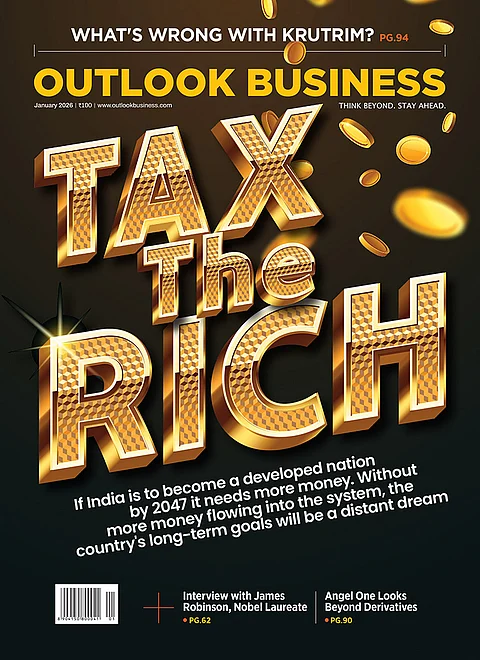In his book, The Black Swan, Nassim Nicholas Taleb says something very interesting about dealing with Black Swan events. He said that trying to predict them is a futile exercise. Instead, we should adjust to them. And when we do, we can position ourselves not only to limit the downside but also to take advantage of possibly positive black swans, what he calls “serendipitous black swans”. And that is exactly what the world is trying to do. In the last few weeks, central banks across the globe have taken out different types of arsenal to mitigate the impact of the contagion and to provide support in the reconstruction process after the COVID 19 shock abates. The tools deployed included interest-rate cuts, asset purchases, currency interventions and liquidity injections.
Recently, the Reserve Bank of India (RBI) widened the interest rate corridor, infused liquidity and eased regulatory norms in one fell swoop in an attempt to stave off an extended impact of the coronavirus on the Indian economy.
In a surprise move, the RBI reduced the policy repo rate by 75bps to 4.40 per cent. However, the REVERSE repo rate was lowered by 90bps to 4 per cent, thereby increasing the gap between the repo and the reverse repo to 40bps (instead of the previous norm of being 25bps lower). Additionally, the central bank also widened the interest rate corridor from 50bps to 65bps with the MSF remaining 25bps above the repo rate. These steps were primarily taken with a view that instead of parking excess liquidity with the RBI, banks would now prefer to lend out to the market. In an attempt to infuse more liquidity in the system, the RBI announced three focused measures. These included Targeted Long Term Repo Operations (TLTRO) of up to Rs1tr, for a c3-year tenor, at the overnight policy repo rate which banks are mandated to deploy in investment grade corporate bonds, commercial paper and non-convertible debentures, a reduction in the cash reserve ratio by 100bps to 3 per cent for a period of one year and increasing the Marginal Standing Facility (MSF) from two per cent of the statutory liquidity ratio to three per cent, for up to June 30, 2020. Overall, these three measures are likely to infuse total liquidity of nearly Rs 3.7 trillion into the system, helping corporates strengthen their balance sheets, meet working capital requirements and tide over these challenging times. Some degree of forbearance was introduced in regulatory norms to help banks and borrowers in the immediate near term. This came in the shape of:
A three-month re-payment moratorium for all term loans outstanding, as on March 1, 2020
A three-month deferment of interest to be paid on working capital loans outstanding as on March 1, 2020
Allowing lending institutions to recalculate drawing power by reducing margins and/or by reassessing the working capital cycle for the borrowers’
Deferring the implementation of Net Stable Funding Ratio (NSFR) norm by six months to October 1, 2020
Deferring the last Tranche of Capital Conservation Buffer by six months to September 30, 2020
The RBI also decided to allow domestic banks to deal in the offshore rupee NDF markets with effect from June 1, 2020 in an attempt to curb financial market volatility.
The proliferation of COVID 19 has not only taken the world by surprise but has also perpetuated a risk-off sentiment that is likely to persist for the next quarter or two. The RBIs intervention has been timely and holistic, covering all the important aspects of a stimulus package. While some of the measures announced are likely to accrue immediate benefits, others are likely to assist in the economic reconstruction process once the worse is behind us. In the interim, we must all make an attempt to adjust to the shifting landscape and contribute in any and every way possible.
Stay Healthy. Stay Safe.
The author is a Senior Managing Partner, IIFL Wealth Management



























